Few moments are as terrifying for a pet owner as witnessing their beloved companion struggle in water. Whether it’s a curious puppy falling into a pool or an adventurous cat slipping into a bathtub, drowning is a real and immediate danger for pets. Unlike humans, animals often panic when submerged, making it difficult for them to find their way to safety. Recognizing the signs of drowning and knowing how to respond can mean the difference between life and death.
The first critical step in addressing a drowning pet is to act swiftly but calmly. Time is of the essence, and every second counts. If you see your pet struggling in water, resist the urge to dive in immediately unless you are certain of your own safety. Animals in distress may claw or bite unintentionally, putting you at risk. Instead, use a long object like a pool skimmer or a sturdy branch to pull them toward the edge. If entering the water is unavoidable, approach from behind to avoid being grabbed by frantic paws.
Once your pet is out of the water, the real work begins. Lay them on a flat surface and check for responsiveness. If they are unconscious, tilt their head back slightly to open the airway. Look, listen, and feel for breathing. Pets, especially smaller ones, can lose body heat rapidly when wet, so wrapping them in a dry towel or blanket is essential to prevent hypothermia. Even if your pet seems to recover quickly, internal damage or secondary drowning—a condition where water in the lungs causes delayed complications—can occur hours later.
Performing CPR on a pet is markedly different from performing it on a human. For dogs and cats, chest compressions should be done with the animal lying on its side. Place your hands over the widest part of the rib cage and compress about one-third to one-half the depth of the chest. The compression rate should be around 100 to 120 per minute. If your pet isn’t breathing, you may need to provide rescue breaths. Close their mouth, extend their neck to straighten the airway, and breathe directly into their nose until you see the chest rise. The ratio of compressions to breaths varies by size: 30 compressions to 2 breaths for larger dogs, and 15 compressions to 1 breath for smaller pets.
Even after successful resuscitation, immediate veterinary care is non-negotiable. Water in the lungs can lead to pneumonia, and electrolyte imbalances from swallowed water may affect the heart and other organs. Your vet will likely administer oxygen therapy, diuretics to remove excess fluid, and antibiotics to prevent infection. Blood tests and X-rays may also be necessary to assess internal damage. Never assume your pet is out of danger just because they’re breathing again; professional evaluation is crucial.
Prevention, of course, is the best medicine. Pool owners should install secure fencing or pool covers to keep pets away from unsupervised water. Teach your dog to swim and to exit the pool using steps or a ramp, but never leave them unattended near water, even if they’re strong swimmers. For cats, be mindful of open toilets or buckets, which can be deceptively hazardous. Life vests are an excellent investment for boat trips or lakeside adventures, especially for breeds with short legs or heavy bodies that aren’t built for swimming.
Understanding the risks and being prepared can turn a potential tragedy into a survivable incident. Pets rely on us for their safety, and knowing how to respond in an emergency is one of the most profound responsibilities of pet ownership. Keep emergency numbers, including your vet and the nearest animal hospital, in an easily accessible place. A well-stocked pet first-aid kit, complete with a CPR guide tailored to animals, should be part of every pet owner’s arsenal. Vigilance and knowledge are the keys to ensuring your furry friend’s safety around water.

By /Jul 31, 2025

By /Jul 31, 2025

By /Jul 31, 2025

By /Jul 31, 2025
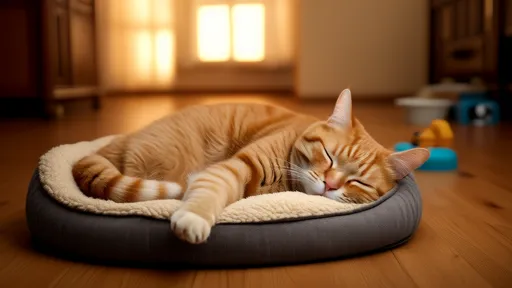
By /Jul 31, 2025
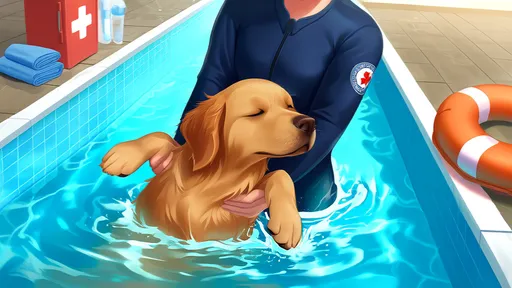
By /Jul 31, 2025
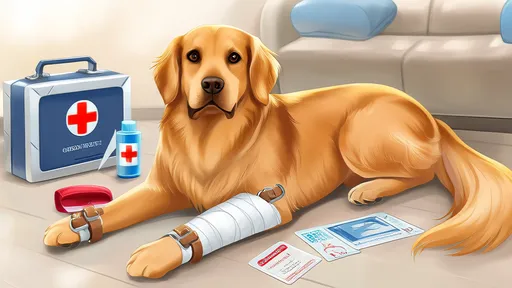
By /Jul 31, 2025

By /Jul 31, 2025
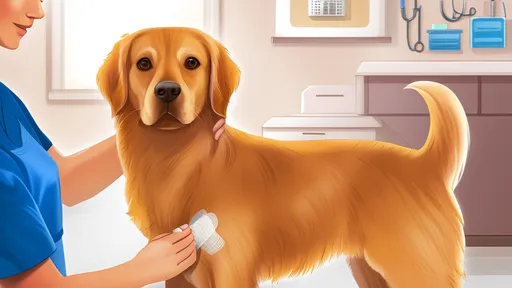
By /Jul 31, 2025
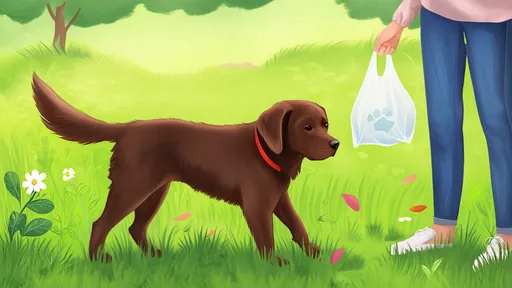
By /Jul 31, 2025

By /Jul 31, 2025

By /Jul 31, 2025

By /Jul 31, 2025

By /Jul 31, 2025

By /Jul 31, 2025

By /Jul 31, 2025
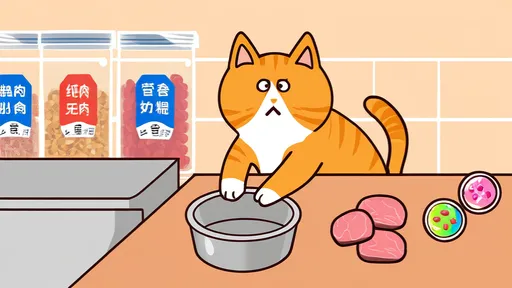
By /Jul 31, 2025
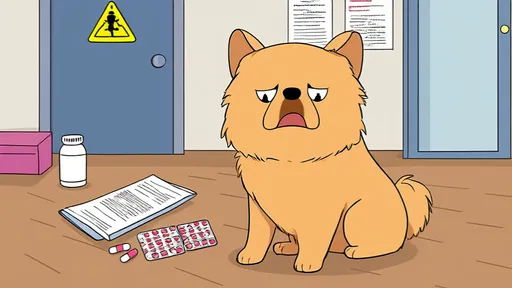
By /Jul 31, 2025

By /Jul 31, 2025
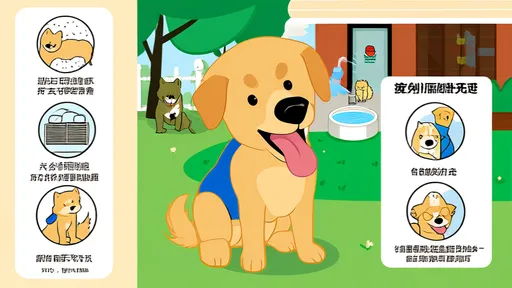
By /Jul 31, 2025